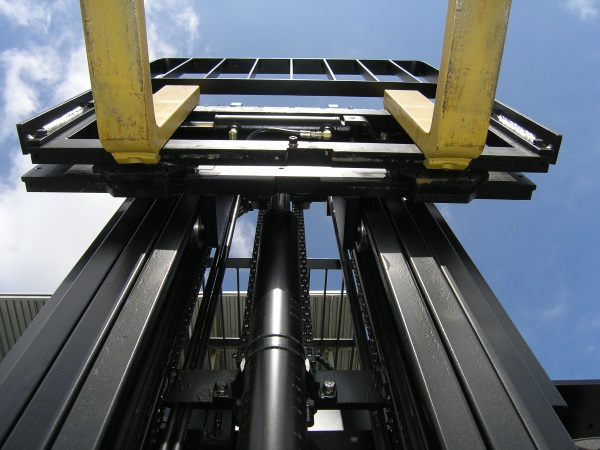 Often times we are faced with situations in which a rule, procedure or otherwise reasonable course of action conflicts with or compromises another. In the context of safe powered industrial truck and other industrial equipment use, this sort of dilemma is complicated by issues of regulatory contravention.
Often times we are faced with situations in which a rule, procedure or otherwise reasonable course of action conflicts with or compromises another. In the context of safe powered industrial truck and other industrial equipment use, this sort of dilemma is complicated by issues of regulatory contravention.
For example, take the fact that OSHA prohibits a forklift operator dismounting the unit he/she operates without, among other things, lowering the forks completely. It seems like a reasonable expectation in that when an operator dismounts it is assumed they intend to leave truck unattended and we don’t want others faced with the prospect of dealing with the many hazards posed by unguarded, elevated forks.
That is the assumption but it is not always the reality. In the real world, operators dismount forklifts for many reasons that do not involve leaving trucks unattended. Furthermore, in some dismounting scenarios lowering the forks could actually increase the hazard exposure potential, such as leaving them at waist height in order to load/offload items by hand in a manner that is ergonomically efficient.
It just so happens that OSHA allows this practice as per a 1991 Interpretation but what about other scenarios such as dismounting to check for proper load engagement of the unit’s lifting attachment or to rig a load before connecting it to a jib or any number of scenarios where it is necessary and possibly safer to set the forks higher than waist level while dismounted?
It would be nice to think that good judgement would/should prevail. An employer that dots all the I’s and crosses the T’s (risk assessment, consultation, task-specific training, written safety protocols, supervision, etc.) in the pursuit of getting the job done as safely as reasonably possible should be free to operate as such even if it means contravention of a regulation whose intent or “spirit” is not compromised. It would be nice to think that, and it should be possible but as soon as we start pontificating on what is reasonable and what is not, things can get very subjective. At that point we come back to the rationale behind the very existence of regulations which is to clearly draw that line in the sand so that things remain objective.
It may be true that in the scenario described above, an OSHA Field Officer may look upon the due diligence exercised by the employer as adequate in addressing reasonably foreseeable safety concerns, but maybe not. Particularly if an injury-producing event took place as a result.
Ultimately when faced with a situation where a certain task can be done more safely by bypassing a regulation than complying, an employer must, a) be able to show that there is no reasonable alternative to complete the task, b) consult with OSHA and continue only with a letter of interpretation and/or variance issued by them.
If it is a situation that involves choosing between the lesser of two evils without contravening regulation then good judgement should suffice, along with detailed documentation showing everything that could be reasonably be done to assess the risk and protect employees from the hazards associated with the risks identified, was done.
Rob Vetter
Director of Training
IVES Training Group
Did you enjoy this article? Sign up for our newsletter to receive more like this!